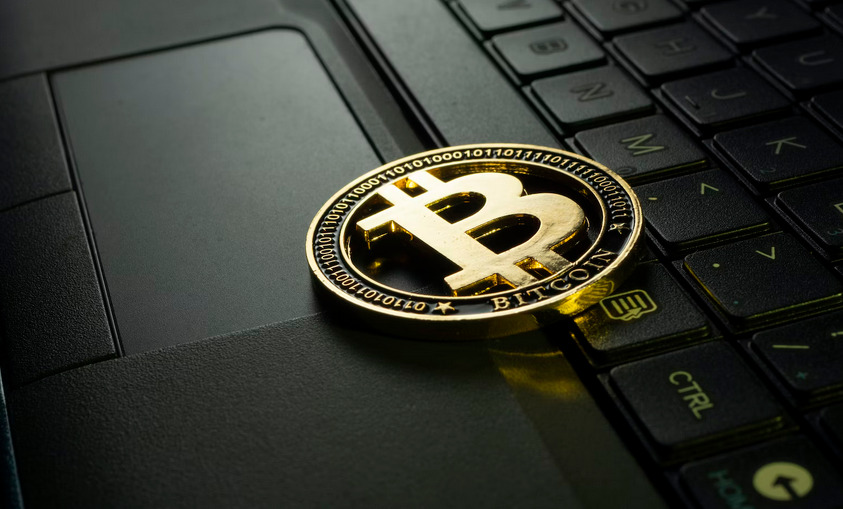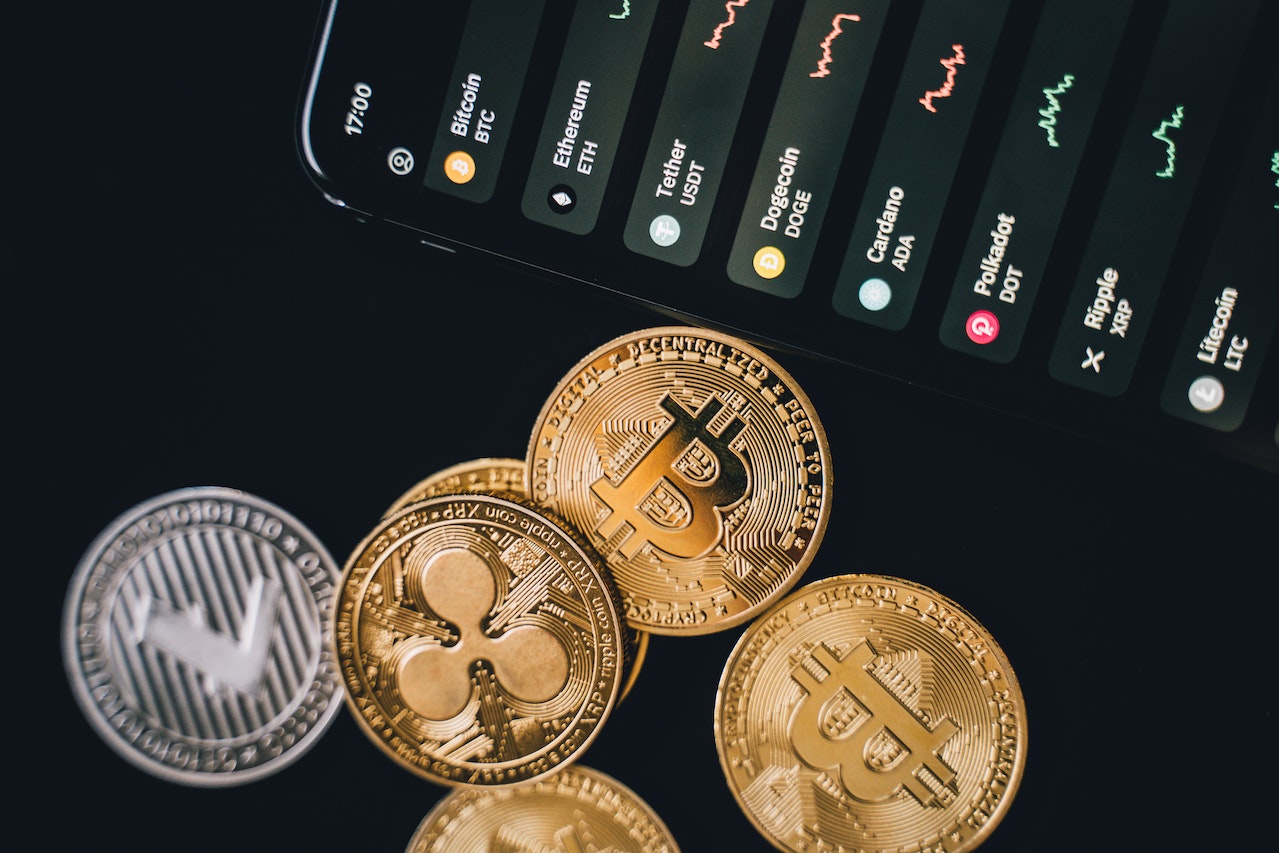Welcome to the exciting world of cryptocurrencies, where digital assets are changing the way we think about money and transactions. If you’re ever curious about what Bitcoin, Ethereum, or other digital currencies are all about, you’re in the right place. In this beginner’s guide, we’ll take a friendly stroll through the basics of cryptocurrency, demystifying the buzzwords and unraveling the wonders of the blockchain.
The Basics: What Is Cryptocurrency?
At its core, cryptocurrency is a form of digital or virtual currency that uses cryptography for security. Unlike traditional currencies issued by governments and central banks, cryptocurrencies operate on decentralized networks based on blockchain technology. Blockchain is like a public ledger that records all transactions across a network of computers, ensuring transparency and security.
Popular Cryptocurrencies: Bitcoin and Beyond
Bitcoin, the OG (Original Gangster) of cryptocurrencies, was introduced in 2009 by an anonymous person or group using the pseudonym Satoshi Nakamoto. It paved the way for a multitude of alternative cryptocurrencies, often referred to as altcoins. Ethereum, Ripple, Litecoin, and many others have since emerged, each with its unique features and purposes.

How Cryptocurrencies Work
Now, let’s talk about the magic behind cryptocurrencies – the blockchain. Think of it as a digital, decentralized ledger that records all transactions across a network of computers. Once a block of transactions is verified and added to the chain, it’s virtually impossible to alter previous blocks. This transparency and security are what make blockchain the backbone of cryptocurrencies.
Getting Started: Wallets and Exchanges
If you’re ready to dip your toes into the cryptocurrency waters, you’ll need a digital wallet. Wallets can be software-based (online, desktop, or mobile) or hardware devices that securely store your digital assets. Once you have a wallet, you can acquire cryptocurrencies through exchanges. These online platforms facilitate the buying, selling, and trading of various cryptocurrencies.
Mining and Validation: How New Coins Are Created
Mining is the process by which new coins are created and added to the circulating supply. Miners use powerful computers to solve complex mathematical problems, validate transactions, and add them to the blockchain. This process ensures the integrity and security of the entire cryptocurrency network.
Risks and Rewards: What You Need to Know

While the potential for profit in the cryptocurrency market is real, it comes with its fair share of risks. Prices can be highly volatile, and the market operates 24/7. It’s essential to conduct thorough research, stay informed, and only invest what you can afford to lose. Cryptocurrency is an exciting frontier, but caution is the key to a positive experience.
In this beginner’s guide to cryptocurrency, we’ve scratched the surface of a vast and ever-evolving landscape. Cryptocurrencies offer exciting possibilities, from decentralized finance to innovative applications of blockchain technology. As you embark on your crypto adventure, stay curious, stay informed, and enjoy the journey into the future of finance.



